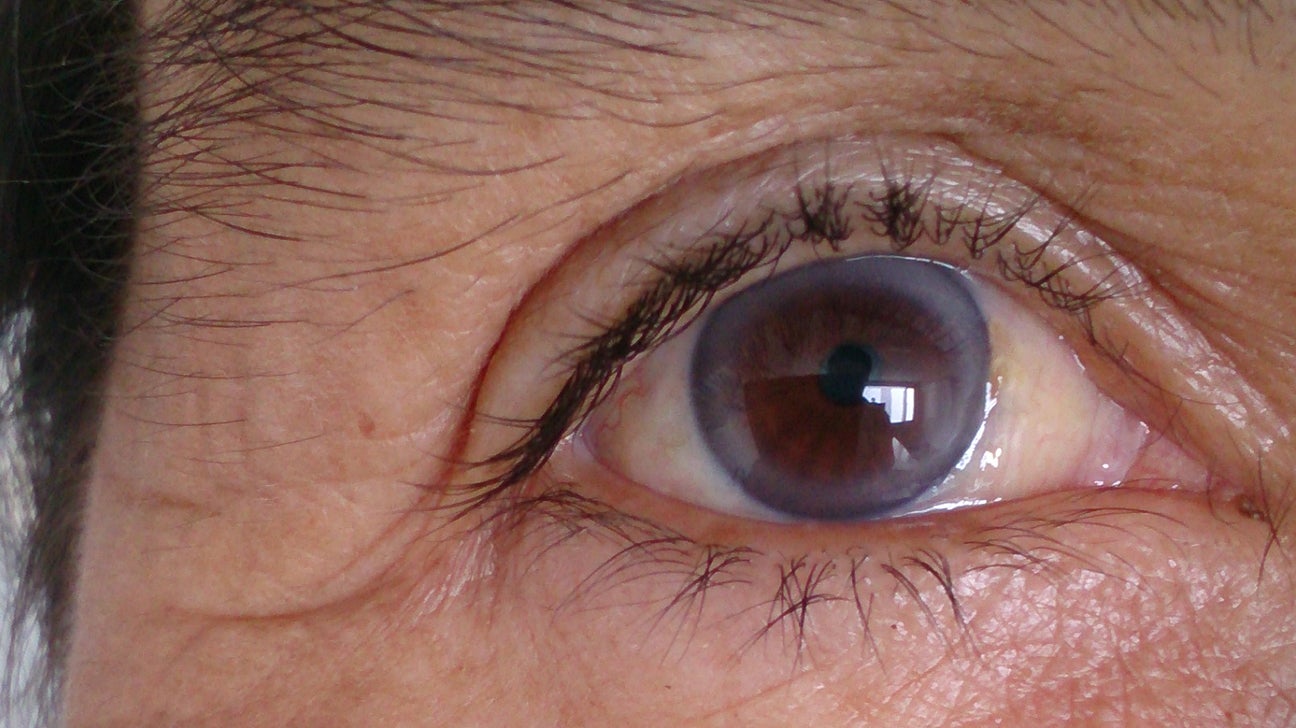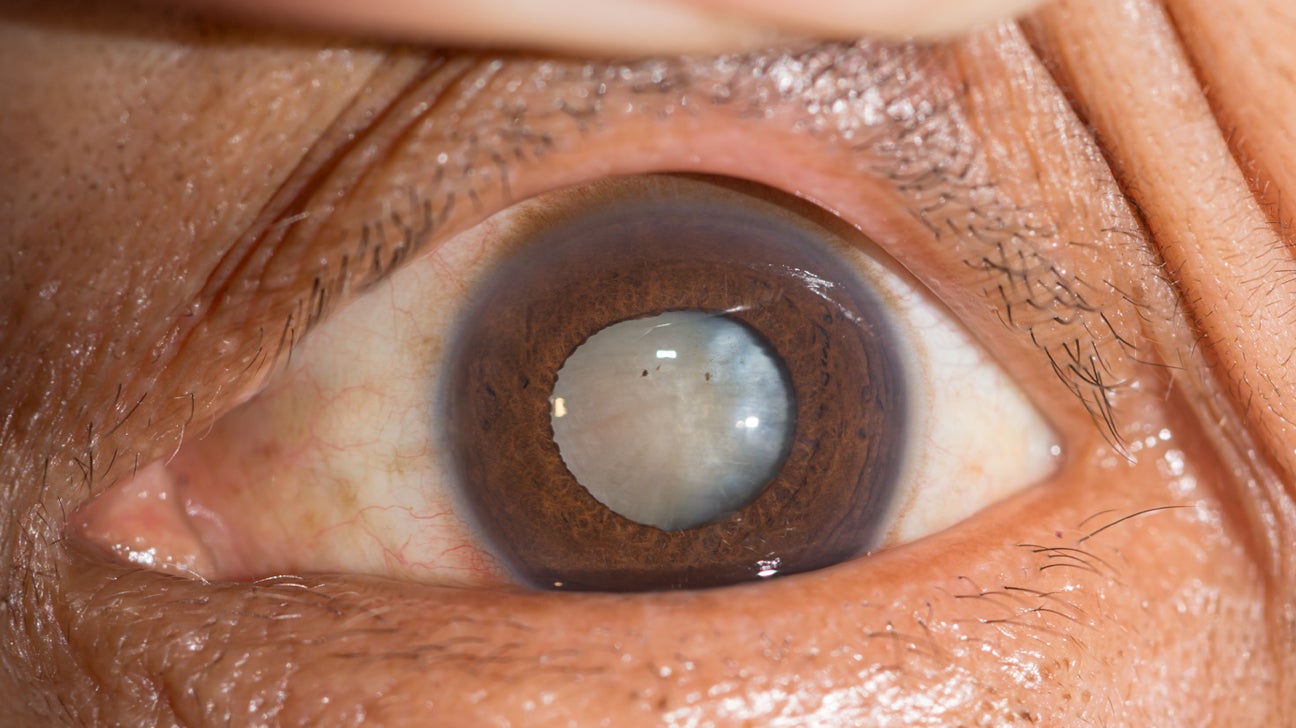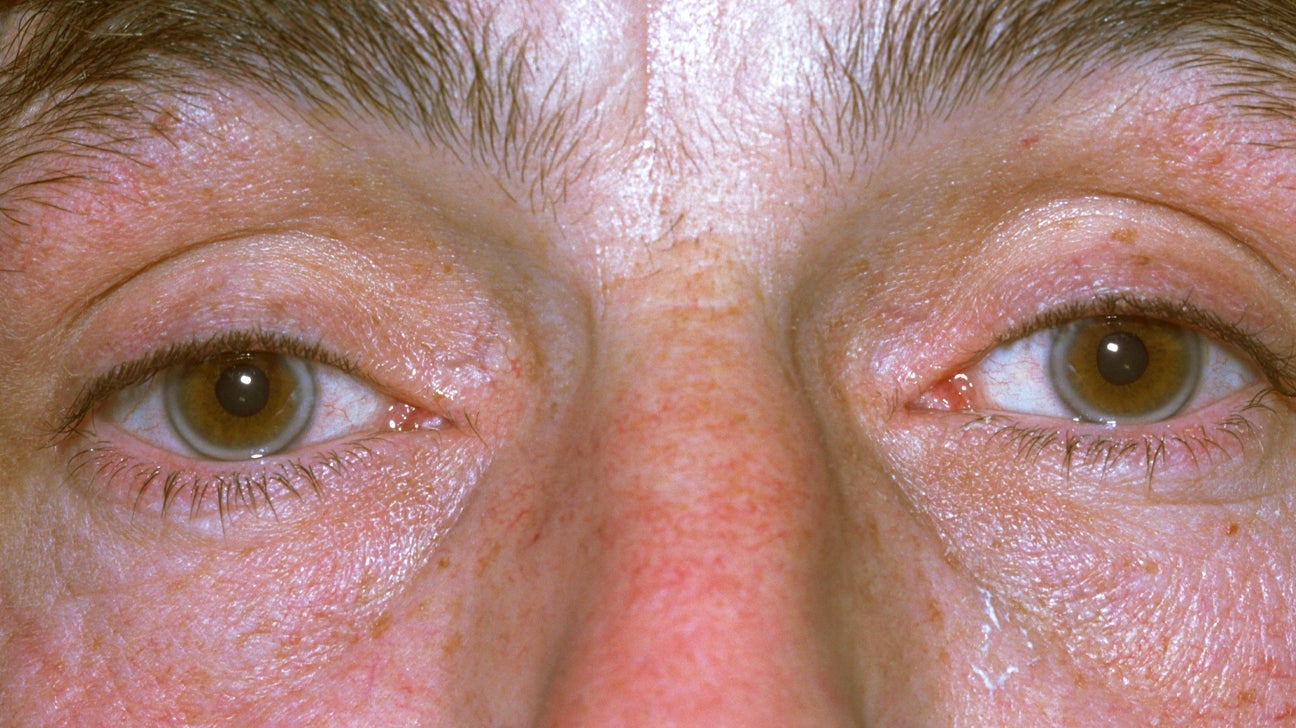Concerns about a Blue Ring around the Eye
- Love spells focus intention, ritual, and energy to align attraction and emotional bonds—while your physical well-being remains guided by science and self-care.
- A blue ring around the iris is commonly benign (genetics, pigmentation shifts, or corneal arcus) and not caused by magic; consult an ophthalmologist if changes are sudden.
- Protective steps—UV-safe eyewear, healthy diet, and routine eye exams—support eye health as you explore spiritual practices for confidence and self-love.
- Enhance your aura with confidence-focused rituals and vetted spellwork while honoring medical guidance for any eye-related concerns.
- Ready to attract love or reignite passion? Shop real spells from trusted casters and get guidance from live psychics for personalized support.
Noticing a mysterious blue ring forming around your eye—especially after magical rituals? You’re not alone. Many people experience this and wonder whether it’s a sign, a medical issue, or a harmless trait.
Across communities, a blue ring encircling the iris often has natural explanations, from genetics to normal pigment changes. In most cases, it’s benign—yet it’s wise to understand the causes and know when to seek expert care.
Looking to boost your magnetic presence while you investigate your eye change? Shop real love spells that work today or get your spell cast by the best spell caster in the world.
✨ Explore Real Spells & Mystical Guidance – Shop NowEye-care professionals and seasoned practitioners agree: understanding the underlying biology helps you respond calmly. Most blue rings are normal, but consult a specialist if you’re concerned.
Blue Ring Around the Iris: Common, Often Harmless Explanations
Seeing a ring around your iris can be startling. Thankfully, several well-known, often harmless causes explain this phenomenon:
- Genetic traits that influence iris pigment and limbal ring visibility
- Pigmentation fluctuations (melanin changes) across life stages
- Corneal arcus (lipid deposits) that create a bluish/grayish ring, typically benign
- Hormonal shifts and environmental influences (sun exposure, medications)
- Rare medical conditions that warrant a professional check
Genetics and Blue Limbal Rings
Eye color patterns—especially a striking limbal ring—often run in families. Your DNA determines pigment density and distribution. If relatives have similar blue or light rings, your change is likely hereditary.
Why Pigment Can Shift
Melanin changes with age, health, and sunlight. This can reveal a more pronounced blue ring at the limbus over time, sometimes temporary, sometimes permanent.
What Is Corneal Arcus?
Corneal arcus describes tiny lipid deposits near the cornea that look like a faint blue or gray arc. It’s common in older adults, generally harmless, and usually doesn’t affect vision—though it can appear in younger people too.

Curious about transforming your look energetically? Explore the Change Eye Color & Eye Shape Spell to align your self-image with your inner aura.
When to See an Eye Specialist
If you notice sudden eye color changes or any vision symptoms, book an exam with an ophthalmologist. A professional can rule out underlying issues and provide reassurance.
- Rule out medical issues: Rare conditions (e.g., Wilson’s disease) can alter eye appearance.
- Feel confident: Most blue rings are related to genetics or normal aging.
Want tailored spiritual insight while you wait for your appointment? Connect with a live psychic below for guidance:
Natural Eye Color Changes: What’s Normal
Eyes can subtly shift across your lifetime. Age, hormones, UV exposure, and overall health can influence how color appears at the edges of the iris.
Age-Related Shifts
With age, pigment can thin or redistribute. This sometimes reveals a bluish ring from the corneal area or sclera, without indicating anything mystical or dangerous.
Hormonal Influence
Life phases—including pregnancy or endocrine changes—can temporarily influence perceived eye color. These shifts are typically mild and resolve naturally.
Does Magic Cause Blue Rings? Understanding Energy vs. Biology
Some spiritual practitioners wonder whether rituals trigger a blue limbal ring. While magic influences your energy, magnetism, and confidence, physical eye changes arise from biological processes.
To amplify your presence, consider the confidence-aligned Spell To Make Yourself Irresistible—a favorite for enhancing aura and attraction.

Environment and Lifestyle: Small Habits, Visible Effects
Sunlight, medications, and nutrition can subtly affect how your eye color appears:
- UV exposure: Can influence melanin activity; wear UV-protective sunglasses.
- Medications/supplements: Some may interact with pigmentation—ask your provider.
- Wellness: Hydration, sleep, and diet help support eye comfort and clarity.
Genetics, Heritage, and Blue Limbal Rings
Family genetics shape both eye color and unique variations. If multiple relatives share a blue ring, the pattern is likely hereditary and not cause for alarm.
Exploring love, harmony, and self-acceptance on your journey? Visit our curated Love Spells Collection.

Warning Signs: When to Seek Care Promptly
While most blue rings are harmless, seek evaluation if you notice:
- Sudden or dramatic color change
- Blurred vision, pain, or light sensitivity
- Corneal cloudiness or swelling
- Any new symptoms that concern you
Prioritize your eyes and your energy. Professional care plus mindful spiritual practice keeps you balanced.
What to Expect at the Eye Doctor
A board-certified ophthalmologist will examine your cornea, iris, and surrounding structures to distinguish benign rings from rare conditions. This fast, painless check brings confidence and clarity.

Practical Steps if You Notice a Blue Ring
- Observe: Note any other symptoms or changes in vision.
- Family check: Ask relatives if they have similar eye rings.
- Protect: Wear UV-rated sunglasses and hydrate well.
- Consult: Book an eye exam if you’re worried or symptoms are new.
- Align energy: Use gentle cleansing or confidence rituals to support self-love.
Success Stories: Confidence, Clarity, and Magical Support
“I panicked when I saw a blue ring after ritual work. My doctor confirmed it was benign—and WeLoveSpells helped me release the fear and embrace my unique look. I feel radiant again.”
“Learning about genetics and corneal arcus eased my mind. Pairing that with a confidence ritual renewed my presence at work and in love.”
“I worked on my aura and self-love while seeing an optometrist for reassurance. The blend of science and magic gave me calm—and great results in my dating life.”
FAQs: Blue Ring Around the Eye and Love Magic
Integrating Magic and Self-Care
Your spiritual path should uplift your well-being. Honor what your body shows you, get medical clarity when needed, and use spellwork to enhance confidence, love, and calm.
Rekindling a deep connection or mending a bond? Explore the Bring Back Lost Lover Love Spell or browse our Love Spells Collection to find your best match.
Move Forward with Clarity and Confidence
Your body is as magical as your spirit. Embrace your natural uniqueness, care for your eyes wisely, and let love-focused spellwork elevate your energy.
Open your heart to love—shop authentic spells and start your transformation today
🔴 Need Clarity on your Situation?




